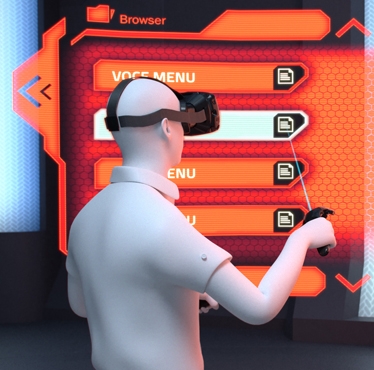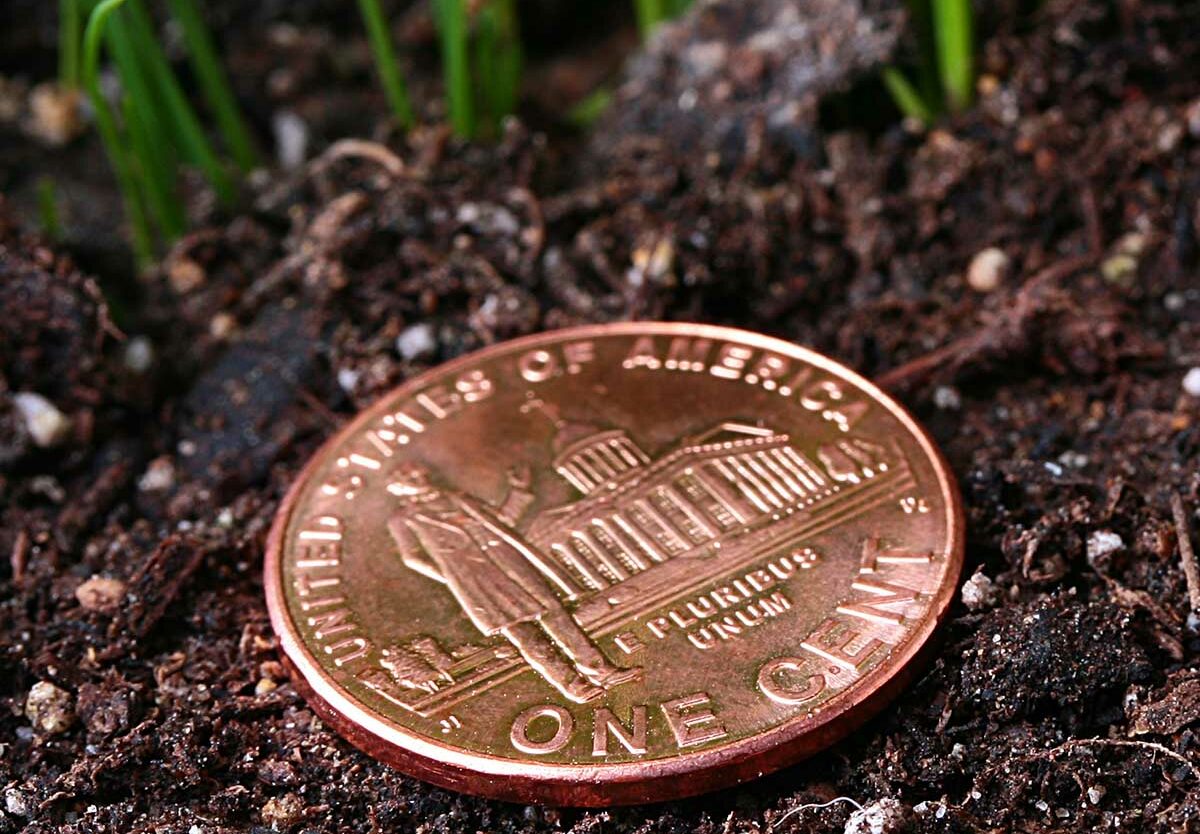Improving Drug Development With Orbital Space Crystals: A Promising Approach

Table of Contents
Unique Properties of Space-Grown Crystals
The microgravity environment of space offers unparalleled conditions for crystal growth. Unlike Earth-based methods, space-grown crystals are not hampered by the effects of gravity. This means:
- Absence of convection: Fluid movement due to convection currents is minimized, leading to a more uniform crystal growth environment.
- Reduced sedimentation: Particles do not settle, allowing for more homogenous crystal formation.
- Improved diffusion: The enhanced diffusion rates in microgravity facilitate better nutrient transport and facilitate the growth of larger, more perfect crystals.
These unique growth conditions result in crystals with significantly improved properties:
- Higher purity: Space-grown crystals exhibit fewer defects and impurities compared to their terrestrial counterparts. This translates directly to improved drug purity and reduced potential side effects.
- Improved crystalline structure: The absence of gravitational forces allows for the formation of more perfect crystal lattices, leading to enhanced stability and functionality.
- Potential for novel crystal structures: The unique environment of space may allow for the growth of novel crystal structures that are unattainable on Earth, opening up possibilities for new drug candidates and delivery mechanisms.
Specific examples include the growth of high-quality protein crystals crucial for protein crystallography and the production of pharmaceutical salts with enhanced solubility and bioavailability.
- Superior crystal quality leading to increased drug efficacy.
- Reduced impurities leading to fewer side effects.
- Potential for novel crystal structures with unique properties.
- Examples of specific crystal types relevant to drug development (e.g., protein crystals, pharmaceutical salts).
Applications in Protein Crystallography
Protein crystallography plays a pivotal role in drug discovery and development. By determining the three-dimensional structure of proteins, scientists can understand how drugs interact with their targets at a molecular level. Space-grown protein crystals offer a significant advantage: their superior quality leads to higher resolution in X-ray diffraction studies. This results in more accurate 3D protein structures, which are crucial for:
- Improved understanding of protein-drug interactions: This allows for the design of more effective drugs with increased binding affinity and specificity.
- Accelerated drug design and optimization: High-resolution structures enable the rational design of drugs that precisely fit their target proteins.
- Enhanced identification of drug targets: Detailed structural information helps pinpoint new targets for drug development.
- Reduced time and cost associated with structural determination: The superior quality of space-grown crystals reduces the time and effort needed to obtain high-resolution structures.
Accelerated Drug Screening and Development
Space-grown crystals can significantly accelerate drug screening and development processes. Their improved quality makes them ideal candidates for high-throughput screening assays, leading to faster identification of potential drug candidates. Furthermore, these crystals hold promise in developing novel drug delivery systems:
- Faster identification of lead compounds: High-quality crystals allow for more efficient screening assays, saving valuable time and resources.
- Improved drug efficacy and bioavailability: Space-grown crystals can be incorporated into novel drug delivery systems to enhance drug uptake and effectiveness.
- Reduced development costs and timelines: By streamlining the drug discovery process, space-grown crystals can significantly reduce development costs and shorten time to market.
- Development of targeted drug delivery systems: Space-grown crystals can be engineered to deliver drugs to specific locations within the body, maximizing therapeutic benefits and minimizing side effects. This includes exploring applications in nanoparticles and liposomes for targeted drug delivery.
Addressing Challenges and Future Directions
While the potential of orbital space crystals in drug development is immense, several challenges remain:
- Cost of space access: Launching experiments into space is expensive, and this cost needs to be mitigated for widespread adoption.
- Logistical complexities: Conducting experiments in a microgravity environment presents logistical hurdles, requiring specialized equipment and procedures.
- Scaling up production: Scaling up the production of space-grown crystals for commercial applications presents a significant technological challenge.
However, ongoing research and technological advancements are addressing these issues:
- Development of more efficient and cost-effective space-based crystal growth techniques.
- Collaboration between space agencies, pharmaceutical companies, and research institutions.
- Advancements in automation and robotics for space-based experiments.
- Exploration of novel materials and crystal systems.
Conclusion
The utilization of orbital space crystals for drug development offers a transformative approach to pharmaceutical research. Enhanced crystal quality leads to improved drug efficacy and safety, while accelerated drug discovery processes reduce development timelines and costs. This technology holds the potential to revolutionize the pharmaceutical industry, leading to the creation of safer and more effective medicines. We strongly encourage further research and investment in this promising area to unlock the full potential of space-grown crystals and their applications in developing life-saving drugs. Explore related research and resources focusing on space-grown crystals and their applications in the pharmaceutical industry to learn more about this exciting frontier in medicine.

Featured Posts
-
 Julianne Moore Meghann Fahy And Milly Alcock In Netflixs Siren
May 23, 2025
Julianne Moore Meghann Fahy And Milly Alcock In Netflixs Siren
May 23, 2025 -
 Snowflake Insult Landlords Angry Response To Employees Notice
May 23, 2025
Snowflake Insult Landlords Angry Response To Employees Notice
May 23, 2025 -
 The End Of The Penny U S To Halt Penny Circulation By Early 2026
May 23, 2025
The End Of The Penny U S To Halt Penny Circulation By Early 2026
May 23, 2025 -
 Jonathan Groff And Just In Time A Tony Awards Prediction
May 23, 2025
Jonathan Groff And Just In Time A Tony Awards Prediction
May 23, 2025 -
 Zimbabwes Historic Test Win In Sylhet Ending A Two Year Drought
May 23, 2025
Zimbabwes Historic Test Win In Sylhet Ending A Two Year Drought
May 23, 2025
Latest Posts
-
 Review Jonathan Groffs Just In Time A Captivating Bobby Darin Tribute
May 23, 2025
Review Jonathan Groffs Just In Time A Captivating Bobby Darin Tribute
May 23, 2025 -
 Jonathan Groffs Just In Time A 1965 Style Party On Stage
May 23, 2025
Jonathan Groffs Just In Time A 1965 Style Party On Stage
May 23, 2025 -
 Just In Time Review Jonathan Groff Shines In A Stellar Bobby Darin Musical
May 23, 2025
Just In Time Review Jonathan Groff Shines In A Stellar Bobby Darin Musical
May 23, 2025 -
 Jonathan Groffs Just In Time Performance Exploring The Artistic Process And Raw Talent
May 23, 2025
Jonathan Groffs Just In Time Performance Exploring The Artistic Process And Raw Talent
May 23, 2025 -
 Jonathan Groffs Past An Open Conversation About Asexuality
May 23, 2025
Jonathan Groffs Past An Open Conversation About Asexuality
May 23, 2025
